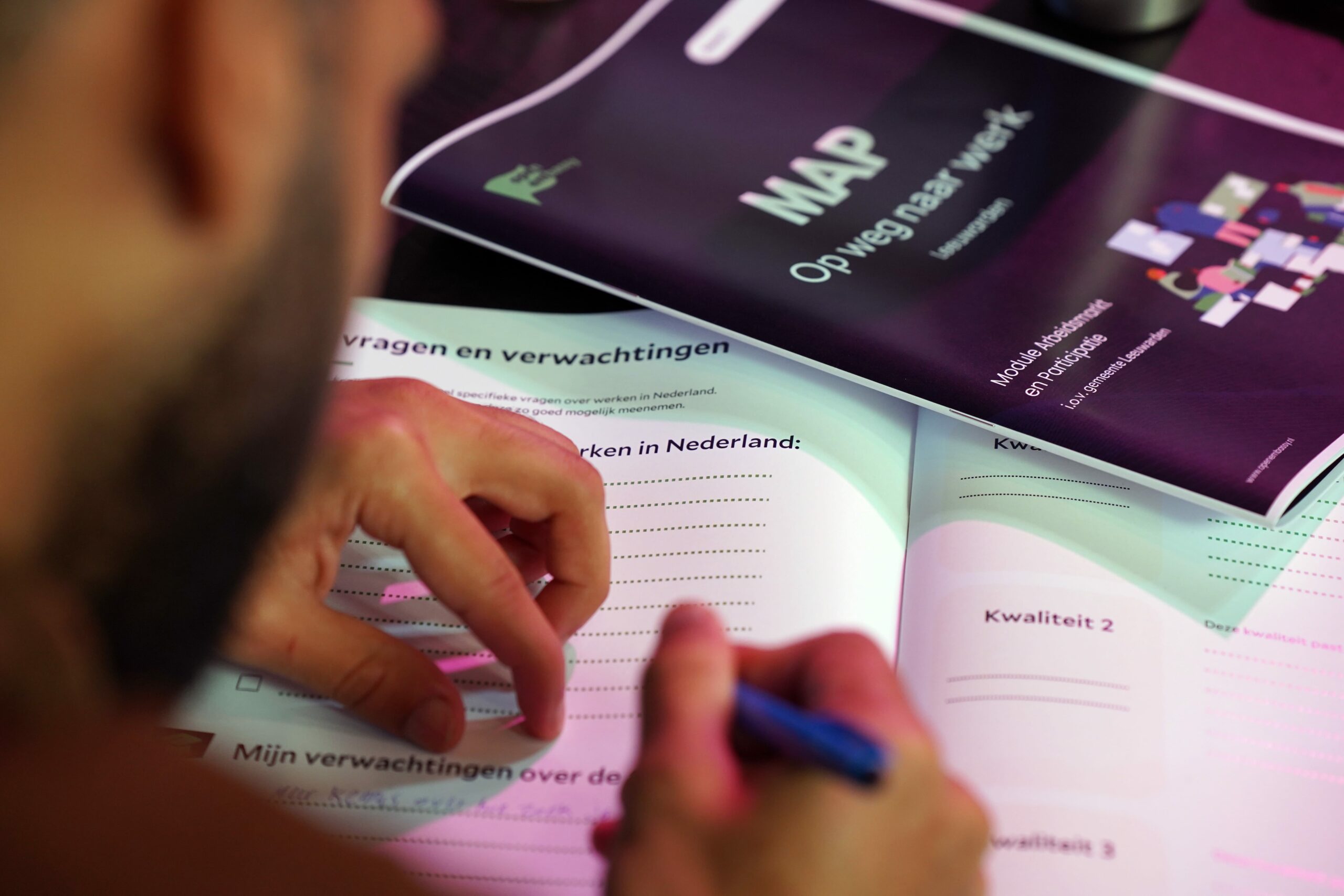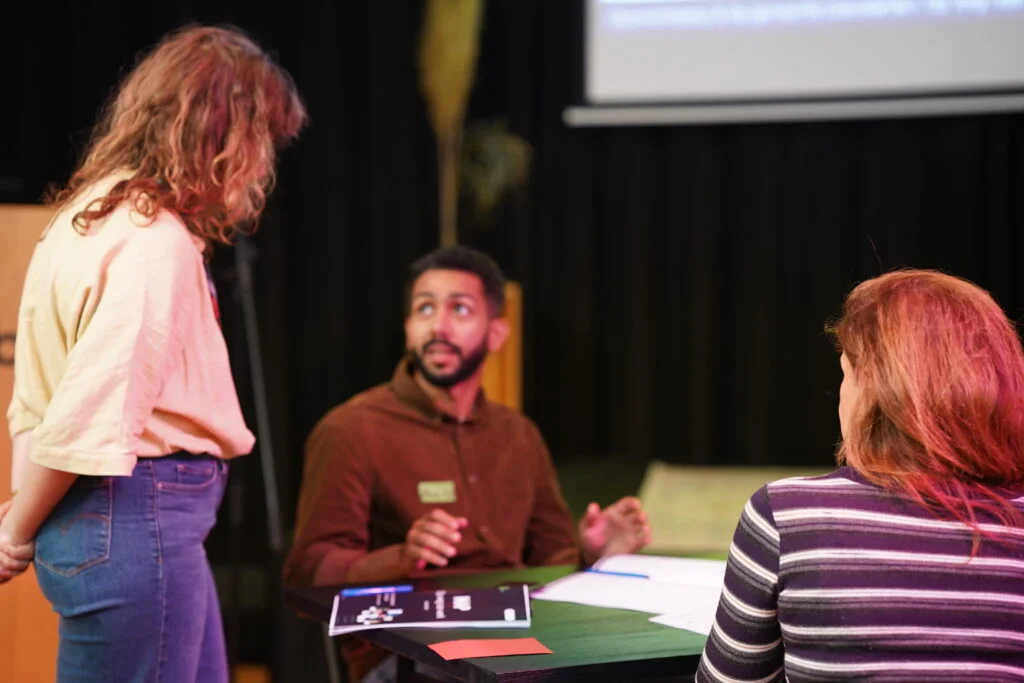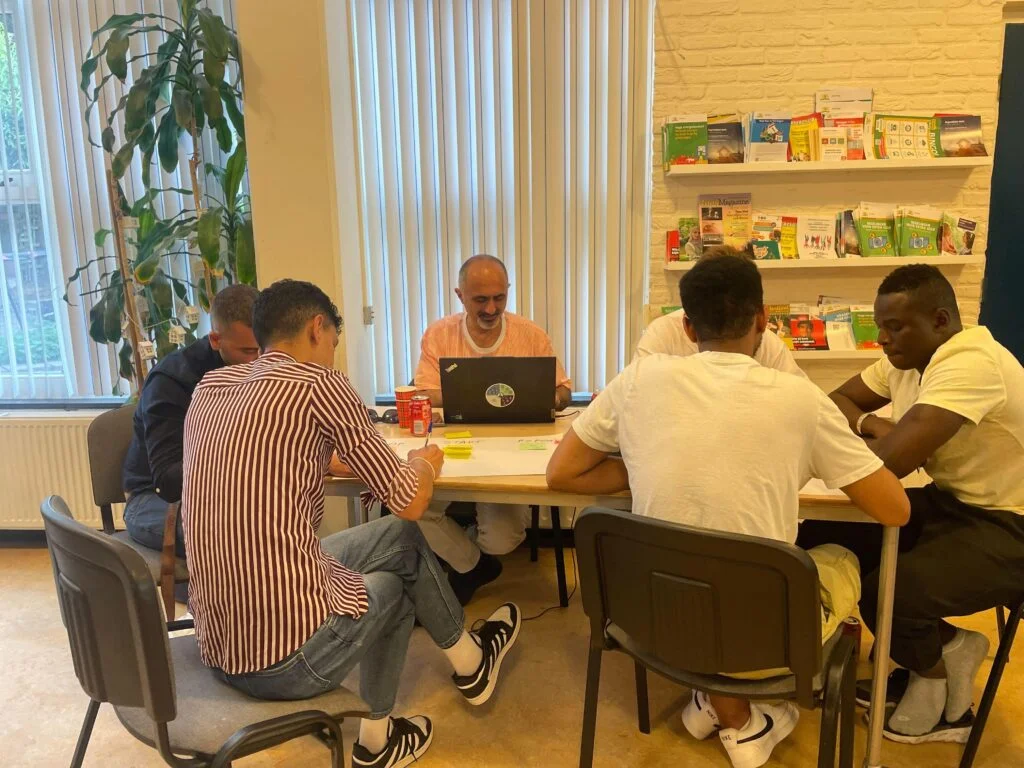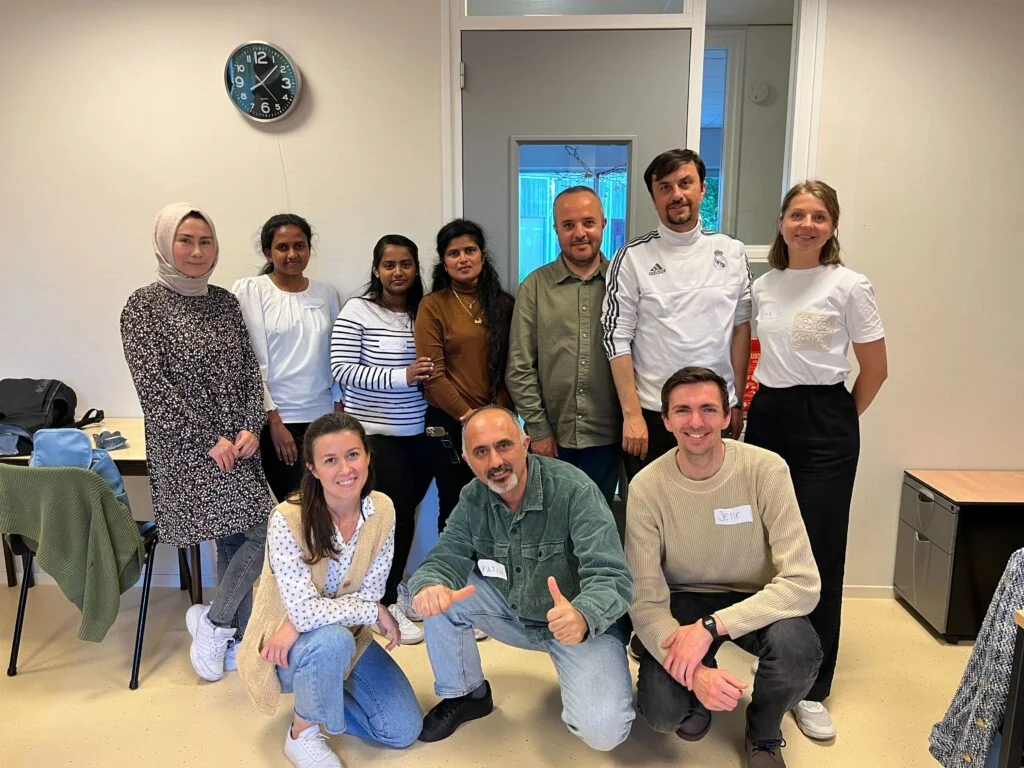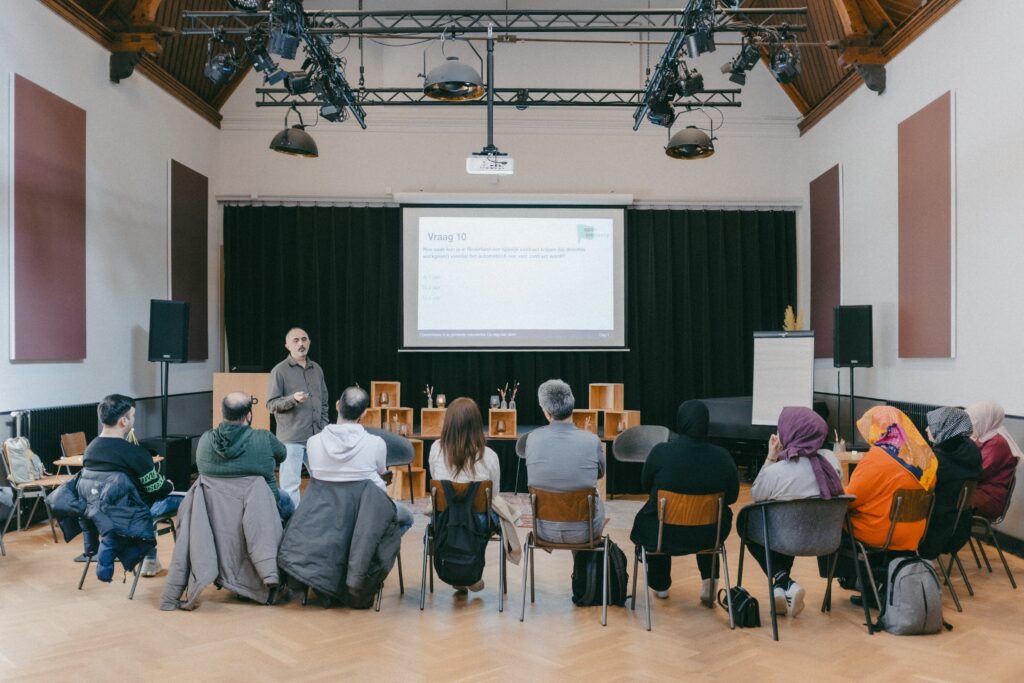On February 20, OpenEmbassy, Regioplan and BMC organized the Online Knowledge Session Perspective Integrationists. This knowledge session brought together policymakers, researchers and practical experts to discuss the latest insights from the second research report on the Integration Act 2021. This report is based on a large-scale survey of more than 4,000 participants in civic integration and offers valuable insights into how civic integration is experienced in the Netherlands.
In the interactive Online Knowledge Session, we discussed the insights from the research report based on four themes: Customization, Provision of Information, Duality and Family Migrants.
Why customization makes all the difference
In this article we elaborate on the first theme: customization in integration. How can we ensure that civic integration programs better match the personal situation and needs of newcomers? What bottlenecks do they experience and what can municipalities, policymakers and organizations do to improve customization?
Customization is not a luxury, but an essential part of successful integration. No two persons integrating are the same; their background, education and future plans differ greatly. An effective integration program takes this into account and offers flexible, customized solutions.
During the knowledge session we discussed the opportunities and bottlenecks of customization. Would you like to receive the recording? Request it here.
Customization of integration
Customization in integration ensures that the program fits the personal situation of the person integrating. This means that not everyone goes through the same program, but that individual needs and possibilities are considered. Various components of the integration program contribute to this:
- The broad intake helps to understand the background, skills and learnability of the integrator. It forms the basis for further decisions within the program.
- The learnability test: this allows you to determine which learning pathway best suits someone. This helps integrationists start at the right level and avoid unnecessary delays.
- The Personal Integration Plan (PIP): contains goals and agreements that match the situation and ambitions of the person integrating.
- On the basis of the broad intake, learnability test and the PIP, you determine the learning route that suits the capacities and future plans of the integrator.
A well-tailored civic integration program prevents dropout, increases the chances of successful integration, and offers persons integrating a real prospect of employment and social participation.
"Matching individual needs starts with a good broad intake and a clear PIP." - research participant
How do integrationists experience customization?
Customization sounds good in theory, but how does it work in practice? The research shows that some of the persons integrating feel heard and satisfied with their trajectory. Others, however, experience a lack of choice and transparency.
What goes well
The broad intake helps to get an initial picture of what someone needs. In addition, people appreciate the personal guidance. This guidance helps ensure a successful start. Finally, access to interpreters increases understanding and confidence in the process.
"The person who guided me spoke the same language. That gave me confidence."
Where are the bottlenecks?
The broad intake and learnability test are not always well explained, as a result of which persons integrating do not understand how their route is determined. In addition, the freedom to choose is often lacking: persons integrating are categorized without a clear explanation or opportunity for participation. Another issue is that municipalities, especially small ones, struggle to offer truly customized services due to limited resources and capacity.
"I couldn't choose my route. I took the test and they chose me. No further explanation." (male, 31, Syria, Z-route)
How can customization in integration be improved?
During the knowledge session, several improvement opportunities were discussed for customization in civics:
- More transparency and explanation - Ensure that integration participants understand how their pathway is determined and what their options are. Provide accessible and clear information about the intake, PIP and learning pathway.
- More control - Give integrationists more influence over their learning pathway and future plans.
- Support for municipalities - Especially small municipalities need extra help to enable customization, which can be done, for example, through regional cooperation.
An example of this in the session was the municipality of Oldebroek. This municipality, despite limited resources, is actively seeking collaborations with partners and volunteers in the region to better assist persons integrating.
"In small communities, access to digital resources such as laptops or a stable Internet connection is a challenge, making online language classes difficult." - webinar participant
What can we learn from this?
Customization in integration is an important key to success, but it requires greater clarity, flexibility and support. The insights from the study show that customization contributes to a better start for persons integrating, provided it is applied properly. Important elements are transparent communication, involvement of persons integrating in their journey and sufficient resources to implement it properly.
Policymakers and professionals have a crucial role to play here. By further developing and implementing customization, they can increase the effectiveness of integration programs. This requires continuous evaluation, cooperation between municipalities and other parties involved, and an approach that responds flexibly to individual needs.
Online Knowledge Session
How do we ensure that customization really works for persons integrating? In the Online Knowledge Session we discuss concrete recommendations and inspiring cases.
